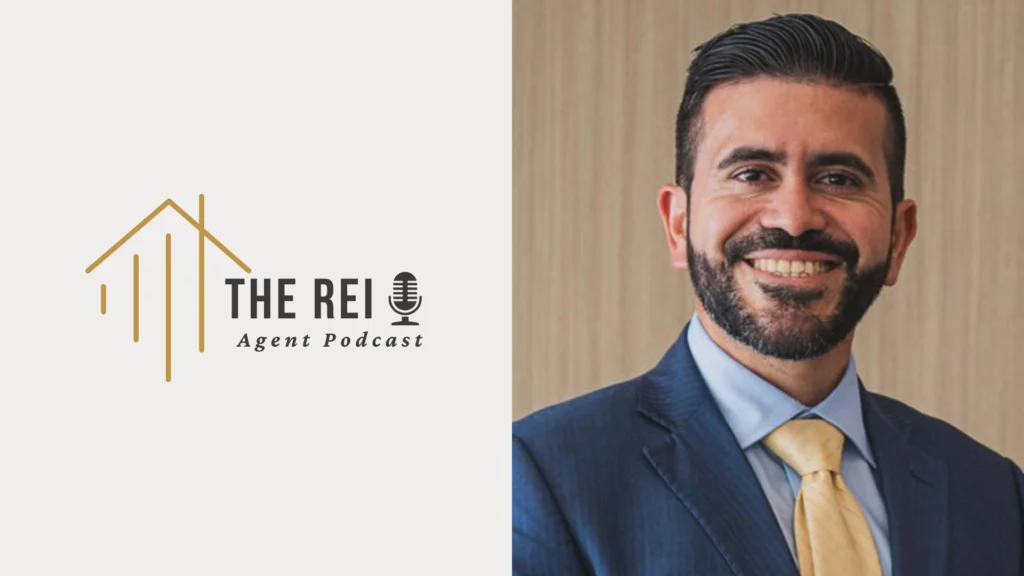Introduction: Unlocking Investment Potential with 1031 Exchange
Imagine if a simple tax strategy could catapult your investment returns into the stratosphere. The 1031 Exchange, while not magical, offers a remarkable opportunity to defer capital gains taxes and reinvest in like-kind properties.
By leveraging this tool, you might greatly enhance your portfolio, potentially doubling your returns over time.
But how does one navigate the complexities of this process to maximize benefits while minimizing risks?
Understanding the nuances of a 1031 Exchange might be the key to opening substantial financial growth and achieving your long-term investment goals.
Understanding 1031 Exchange Basics
A 1031 Exchange, an essential concept in real estate investing, allows you to defer capital gains taxes when you exchange like-kind properties. By understanding the basics, you can craft savvy investment strategies that maximize your potential returns.
Think of it as a powerful tool in your real estate arsenal—one that can transform your approach to building wealth. You get to reinvest all your proceeds into new property types, rather than losing a chunk to taxes. This means you're growing your portfolio without constantly worrying about the immediate tax implications.
Choosing the right qualified intermediaries is vital for ensuring compliance with IRS regulations and maximizing the benefits of your exchange. Imagine the freedom to explore different property types—residential, commercial, or even industrial—without the financial burden often tied to selling. This flexibility can inspire you to diversify and strengthen your investments.
With a 1031 Exchange, you're not just swapping properties; you're enhancing your investment strategies by aligning them with long-term goals. Reflecting on this, consider how each transaction builds upon the last, compounding your growth over time.
You're not merely maintaining your wealth; you're accelerating it. The focus shifts from what's lost to what's gained, propelling you toward a future where your investment dreams become reality, one exchange at a time.
Tax Benefits of 1031 Exchange
When engaging in a 1031 Exchange, the tax benefits become a game-changer for real estate investors. Imagine you're selling a property and facing a substantial capital gains tax. With a 1031 Exchange, you can defer those taxes by reinvesting the proceeds into a like-kind property. This tax deferral is a powerful investment strategy that allows your money to keep working for you, instead of going to the government.
By not immediately paying capital gains taxes, you have more capital to invest in potentially higher-value properties. This can lead to greater returns and the ability to diversify your investment portfolio. It's like having a financial springboard, propelling your real estate journey to new heights. You can compound your investments over time, all without the immediate tax burden.
Furthermore, the flexibility of a 1031 Exchange means you can strategically choose properties that align with your long-term goals. This gives you control and the freedom to grow your wealth thoughtfully.
As you navigate this landscape, remember that the key is planning and understanding the nuances of tax deferral and how it fits into your investment strategy. Embrace this opportunity, and let it inspire your path forward.
Steps to Execute a 1031 Exchange
Understanding the tax benefits of a 1031 Exchange sets the stage for taking actionable steps to execute one successfully.
First, you need to get clear on the exchange timeline, which is vital for a smooth transaction. You have 45 days from selling your property to identify potential replacement properties. Then, within 180 days, you must close on the new property. This timeline might seem tight, but with careful planning, you can manage it.
Next, enlisting a qualified intermediary is essential. They're not just a middleman; they guarantee the process complies with IRS regulations.
They'll hold the proceeds from your sold property until you purchase your new one, making sure you don't accidentally take control of the funds—a big no-no in the 1031 world.
Analyzing Potential Investment Returns
Before diving into a 1031 Exchange, it's crucial to analyze potential investment returns to guarantee the new property aligns with your financial goals. You've got dreams and aspirations, so understanding investment strategies is key to making them a reality.
Start by examining current market trends. Are you noticing a rise in property values in certain areas? These insights will help you pinpoint opportunities that may offer significant returns.
Think about your investment strategies. Consider whether you're looking for immediate cash flow or long-term appreciation. Maybe you're drawn to a bustling urban market where rental demand is soaring, or perhaps a quieter suburban area with growth potential catches your eye. Each scenario affects your potential returns differently.
Don't just follow the crowd; assess your unique goals. Ask yourself, "Will this property propel me toward my financial aspirations?" Dive deep into the data, and don't shy away from seeking expert opinions or using analytical tools.
Your future hinges on these choices. When you align your strategies with market trends, and they resonate with your vision, you're not just investing money—you're investing in your future.
Seize the moment, and let your investment journey begin.
Risks and Considerations
As you assess potential investment returns, it's equally important to recognize the risks and considerations involved in a 1031 Exchange. Understanding these factors can help you make informed decisions and protect your investments.
One of the most significant risks is market volatility. Property values can fluctuate, impacting your investment's worth. Guarantee thorough property valuation before committing to an exchange.
Consider your investment horizon, too. Are you prepared to hold onto the property long-term? If not, the benefits might diminish.
Financial leverage is another factor; while borrowing can amplify returns, it can also increase risk if the market turns. Legal compliance is essential, as failing to adhere to regulations can result in penalties and tax liabilities. Always perform due diligence, verifying the property's condition and potential for growth.
Opportunity costs should be factored in, too. By choosing one property, you might miss out on better opportunities elsewhere.
Balancing these elements requires careful thought and planning. Remember, the goal isn't just to double your returns but to do so wisely, minimizing risks along the way. Stay informed and proactive, and you'll navigate the 1031 Exchange landscape with confidence.
Conclusion
Maximizing Investment Potential with 1031 Exchanges
You've delved into the fascinating realm of 1031 Exchanges, discovering their potential to revolutionize your investment path.
Deferring capital gains taxes allows you to reinvest in properties that align with your goals, possibly even doubling your returns.
But don't forget, while the benefits are enticing, it's crucial to assess the risks and plan carefully.
Take this strategy as a powerful tool in your arsenal, and let it motivate you to dream bigger.
Aim higher in your financial pursuits and take action today.
Explore the possibilities, seize the opportunities, and transform your investment future.





















